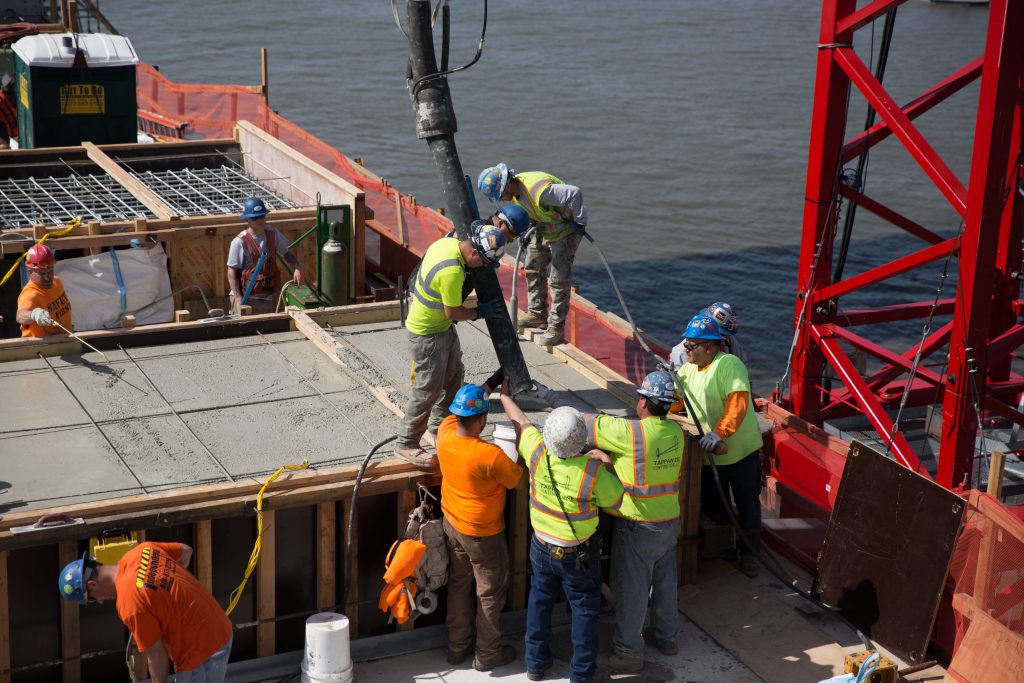
The sector has added 67,000 new jobs over the past four months.
So… there’s a lot happening in the world right now.
The United States launched a military strike against Syria. We have a new Supreme Court justice. It appears a terrorist attack has taken place in Sweden. And President Trump is meeting with Chinese President Xi Jinping at Mar-a-Lago.
But it’s also the first Friday of the month, and that means the Labor Department also released new jobs figures, and we’re here to analyze ‘em.
The overall economy gained just 98,000 new jobs in March, far below the predicted gain of about 180,000, raising concerns among some economists that the economic recovery is slowing down. Others don’t seem too worried, since the unemployment rate was at 4.5 percent in March, its lowest point since May 2007 — and many pointed out that bad weather last month also likely impacted things.
Manufacturing was a bright spot in March, gaining 11,000 new jobs. Over the past four months, the sector has gained 67,000 new jobs, a strong turnaround after 25,000 jobs were lost between July and November 2016.
“This boost in manufacturing isn’t impressive enough yet to reassure America’s working class that they haven’t been forgotten,” AAM President Scott Paul noted in a statement. “But this progress in manufacturing jobs runs counter to the prevailing automation narrative.”
You know the automation narrative — most manufacturing jobs weren’t lost to trade but to robots, even if we brought manufacturing back from overseas automation means we won’t create jobs, blah blah blah.
We’ve discussed why this overused take is wrong plenty of times, so we won’t repeat it here. But what we will say is that the four-month streak of steady manufacturing job growth shows that while the assembly line days of Henry Ford are over, more manufacturing will mean more jobs.
We can do even more with smart, targeted policy — think trade enforcement, workforce training, and infrastructure investment (with strong Buy America preferences, of course).
“Robots aren’t the enemy of factory workers; the absence of a manufacturing policy is,” Paul added. “We look forward to working with the White House and Congress to create a better future for factory workers.”
